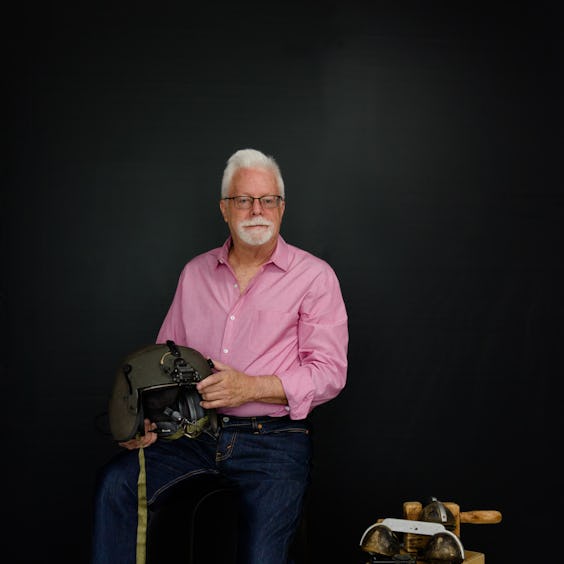Community, Leadership, Experimentation, Diversity, & Education
Pittsburgh Arts, Regional Theatre, New Work, Producing, Copyright, Labor Unions,
New Products, Coping Skills, J-O-Bs...
Theatre industry news, University & School of Drama Announcements, plus occasional course support for
Carnegie Mellon School of Drama Faculty, Staff, Students, and Alumni.
CMU School of Drama
Tuesday, November 14, 2023
44 Years Later, a Prolific Hollywood Artist Reveals His Movie-Making Secrets
www.inverse.com: In film, sound is split into three categories: music, dialogue, and sound effects, the latter of which is then broken down into hard and soft effects. “A gunshot would be a hard effect, but the sound of picking up the scoped rifle, placing a cartridge in it, and adjusting the scope would be soft effects,” Roesch explains, taking an example from The Killer. Foley artists, whose work is named after renowned American sound effects artist Jack Donovan Foley, are responsible for the creation of soft sound effects
Subscribe to:
Post Comments (Atom)

1 comment:
As a movie lover, and someone who plans to go into film, this article was a must-read for me. Sometimes people view the filmmaking process as one that holds such separate aspects and although they do come together for the end result many don't realize how dependent things are. The different aspects of film are mentioned in the article, music, dialogue, and sound effects. All are very important to the end result but they need to be interconnected before the finishing point. The article discusses Foley, which is making sound effects with real objects instead of a pre-recorded or perceived sound. I have some experience with Foley. In highschool I was Props Head for A Midsummer Night's Dream, I was baffled when I was given the role of ‘Sound Foley’ as well, I had no idea how the two could be connected. Sound and props? Together? It is important to be interdisciplinary at times like this, sound can be so connected to props and even dependent on them. We needed the props to make the sounds that were presented on stage.
Post a Comment